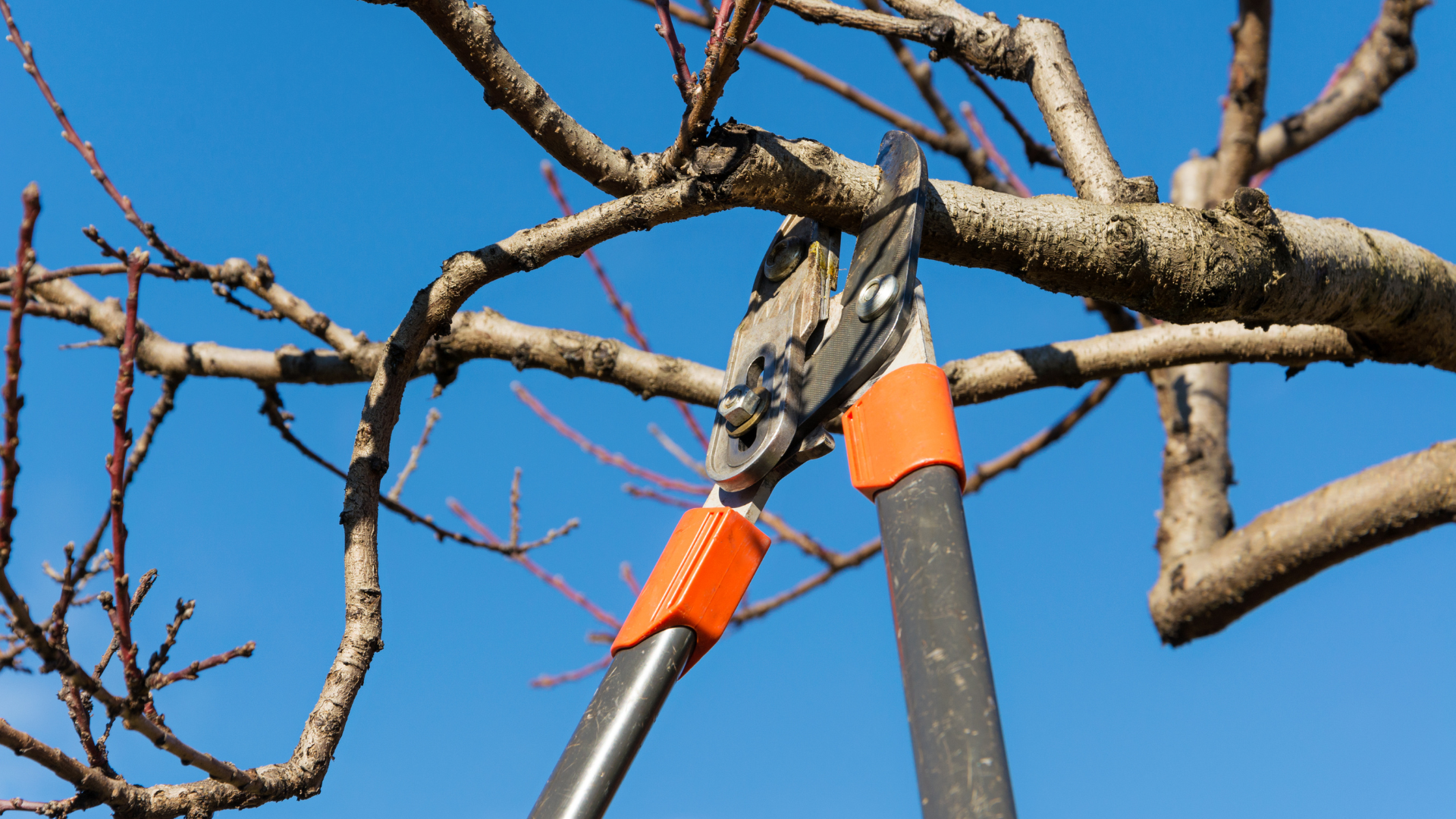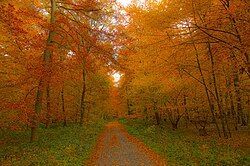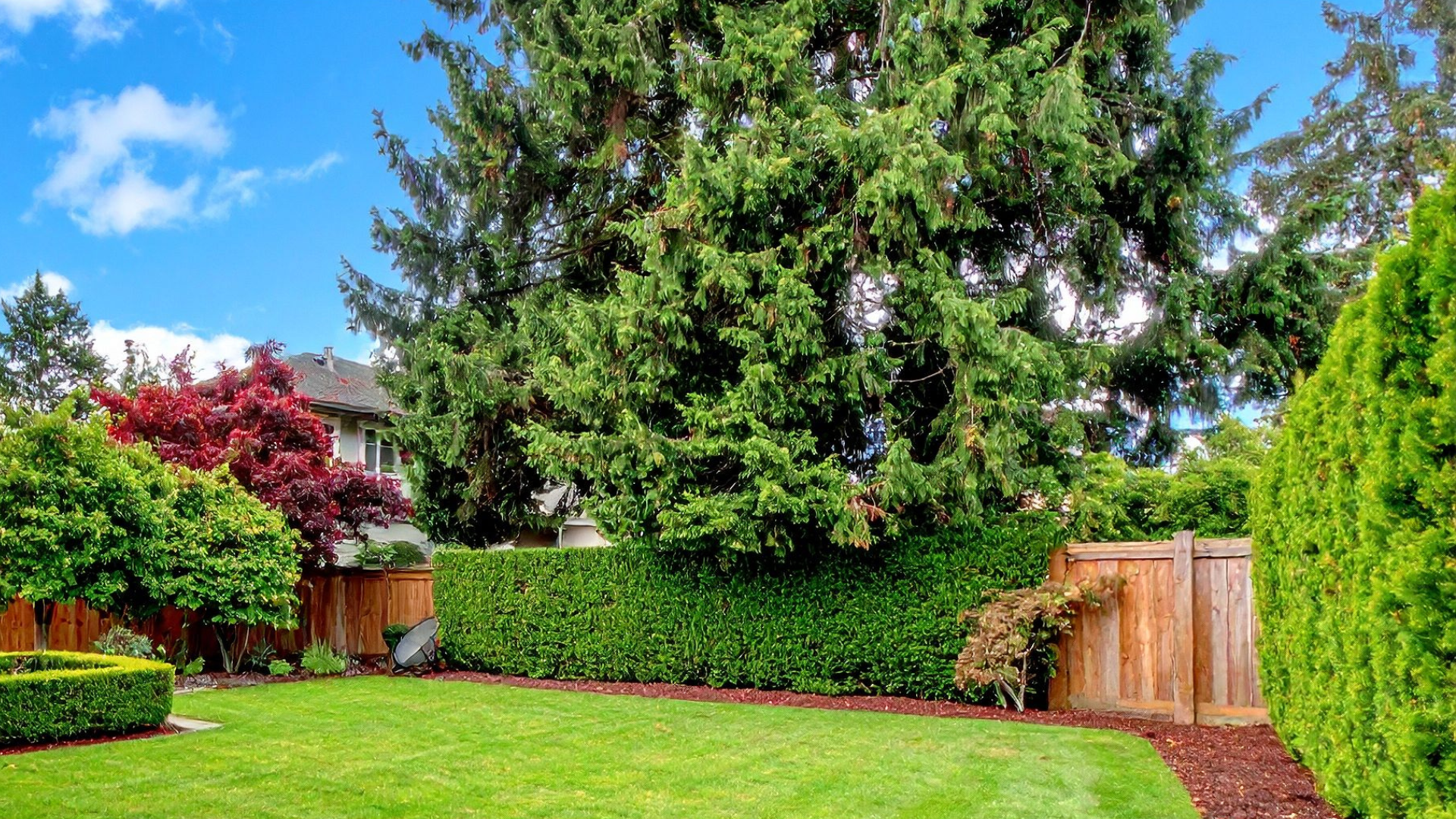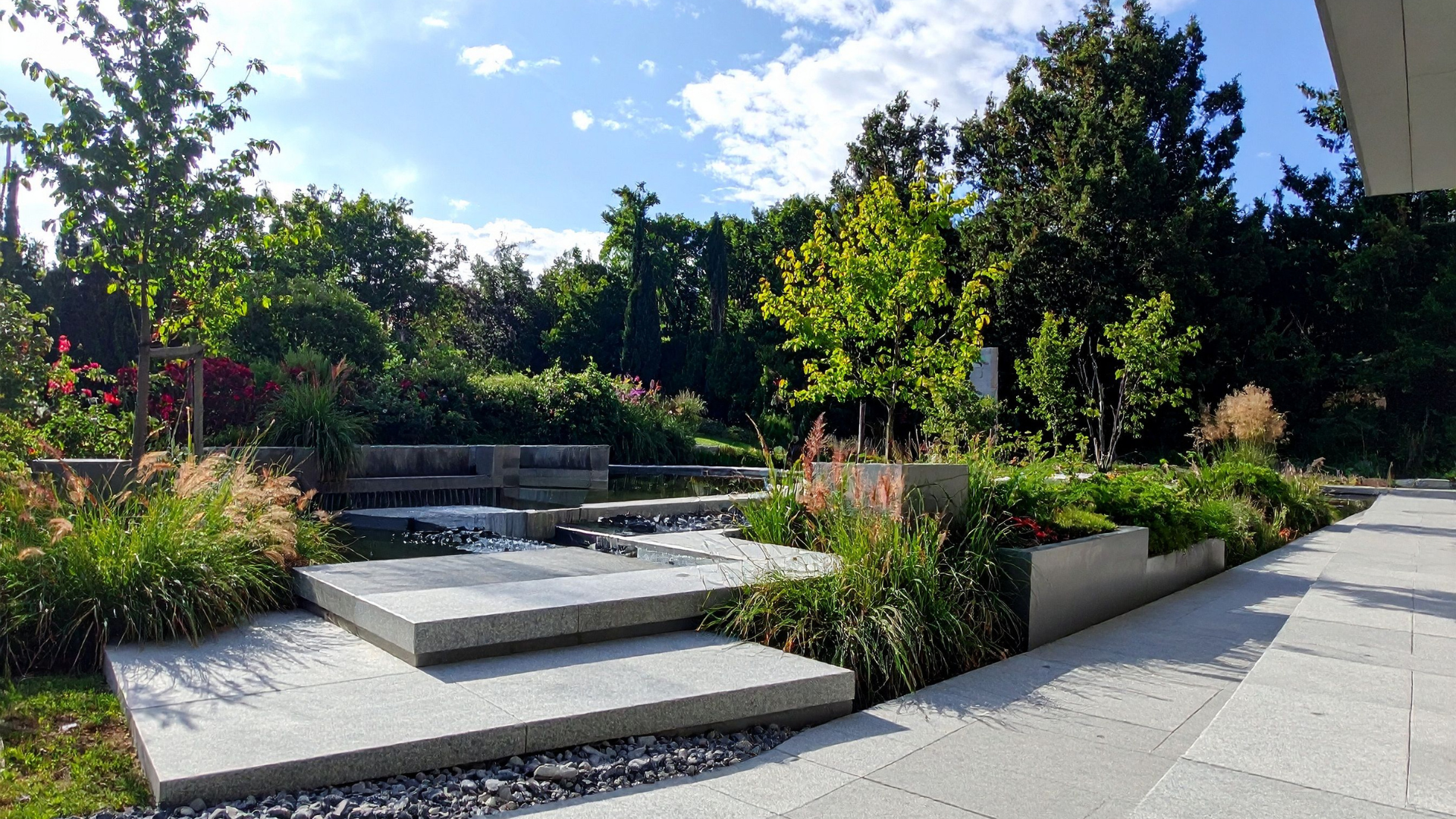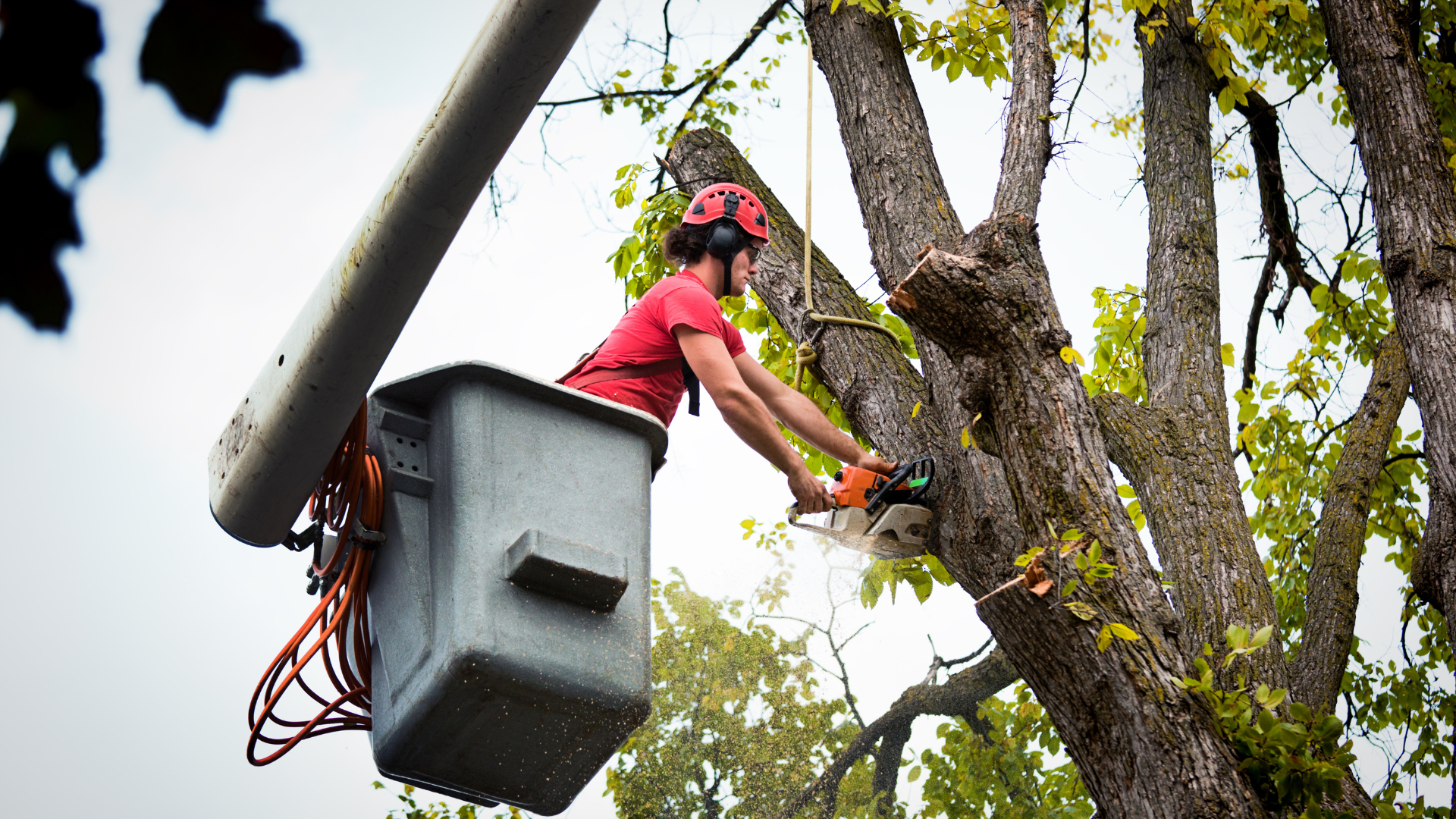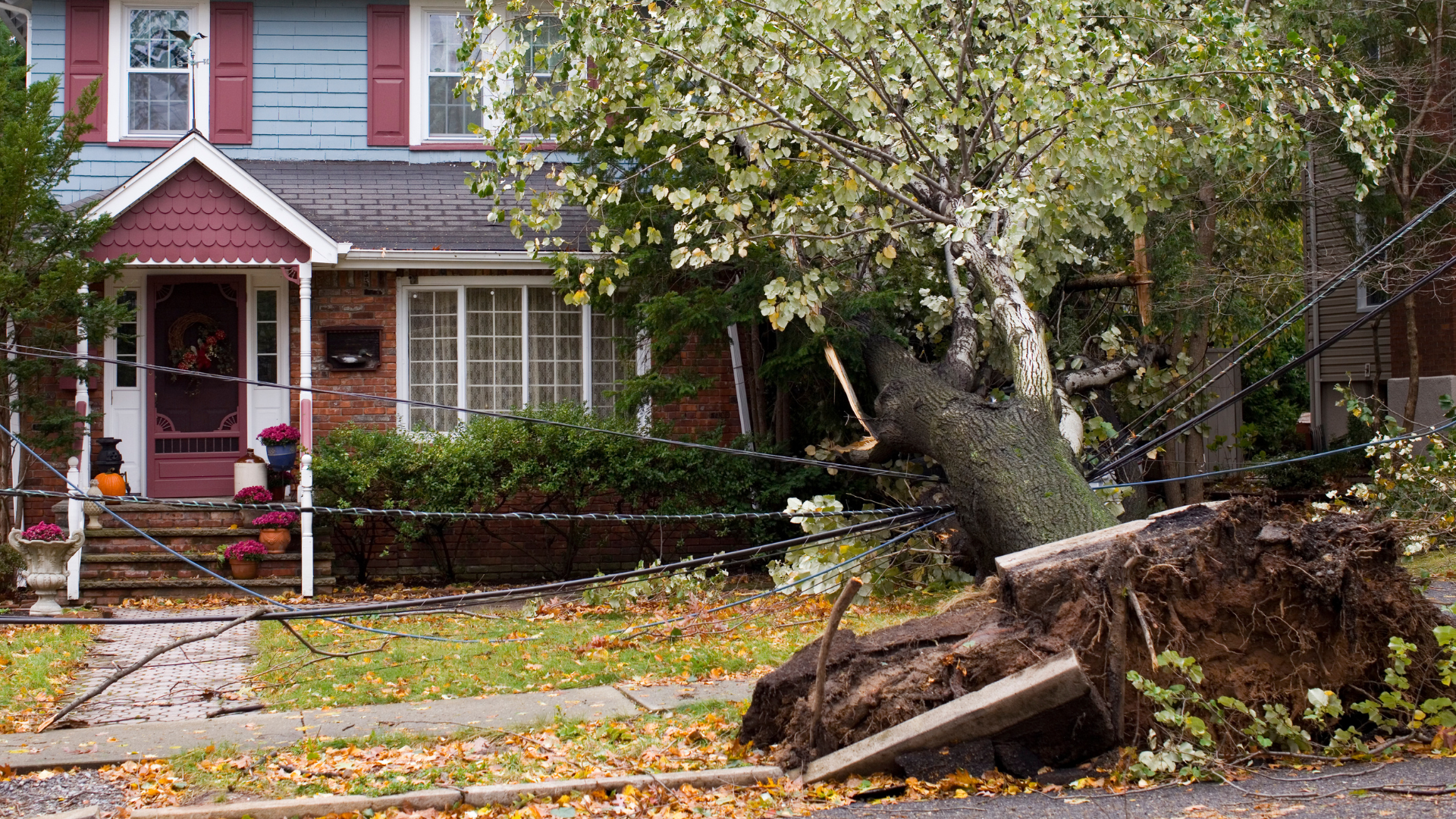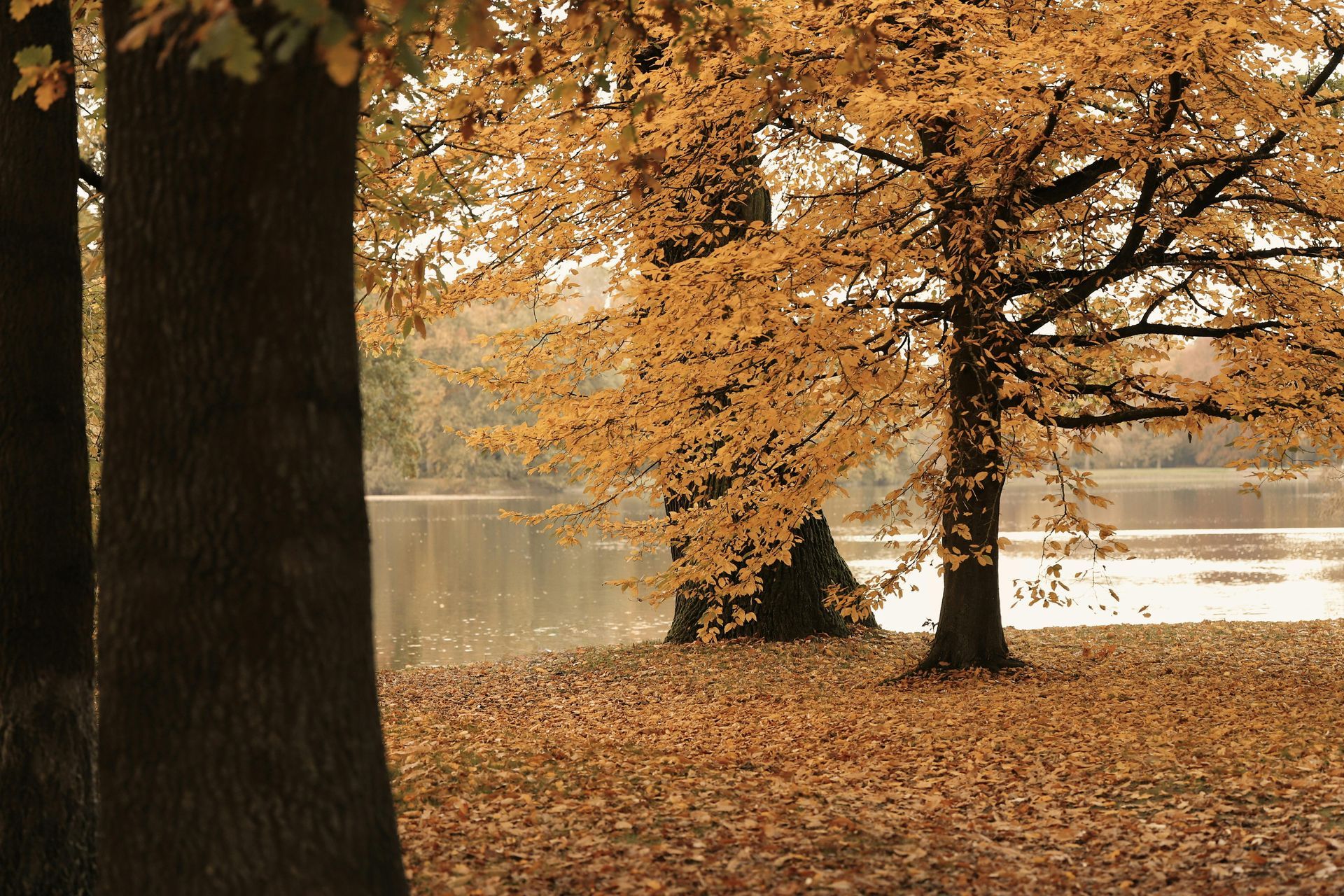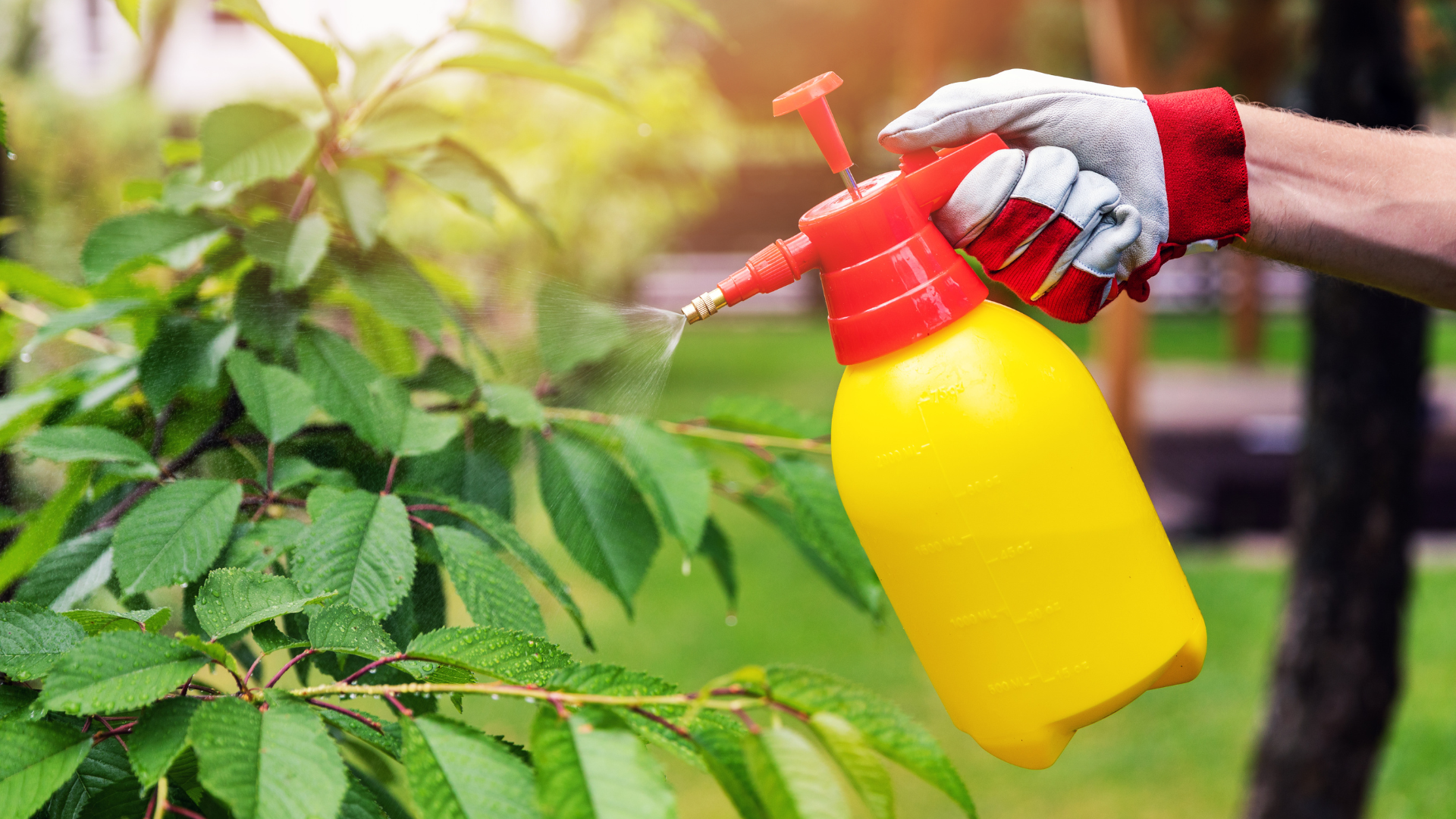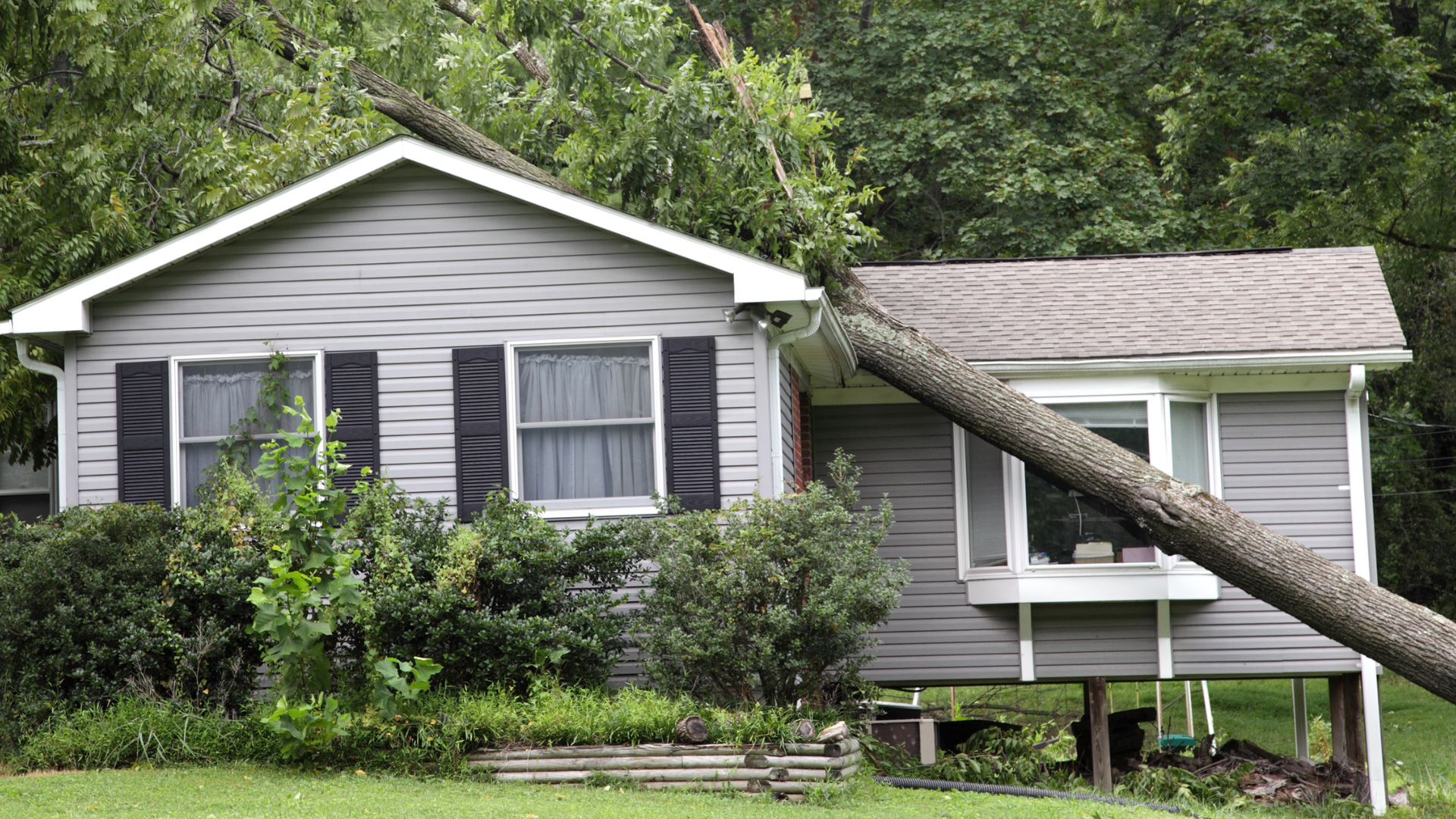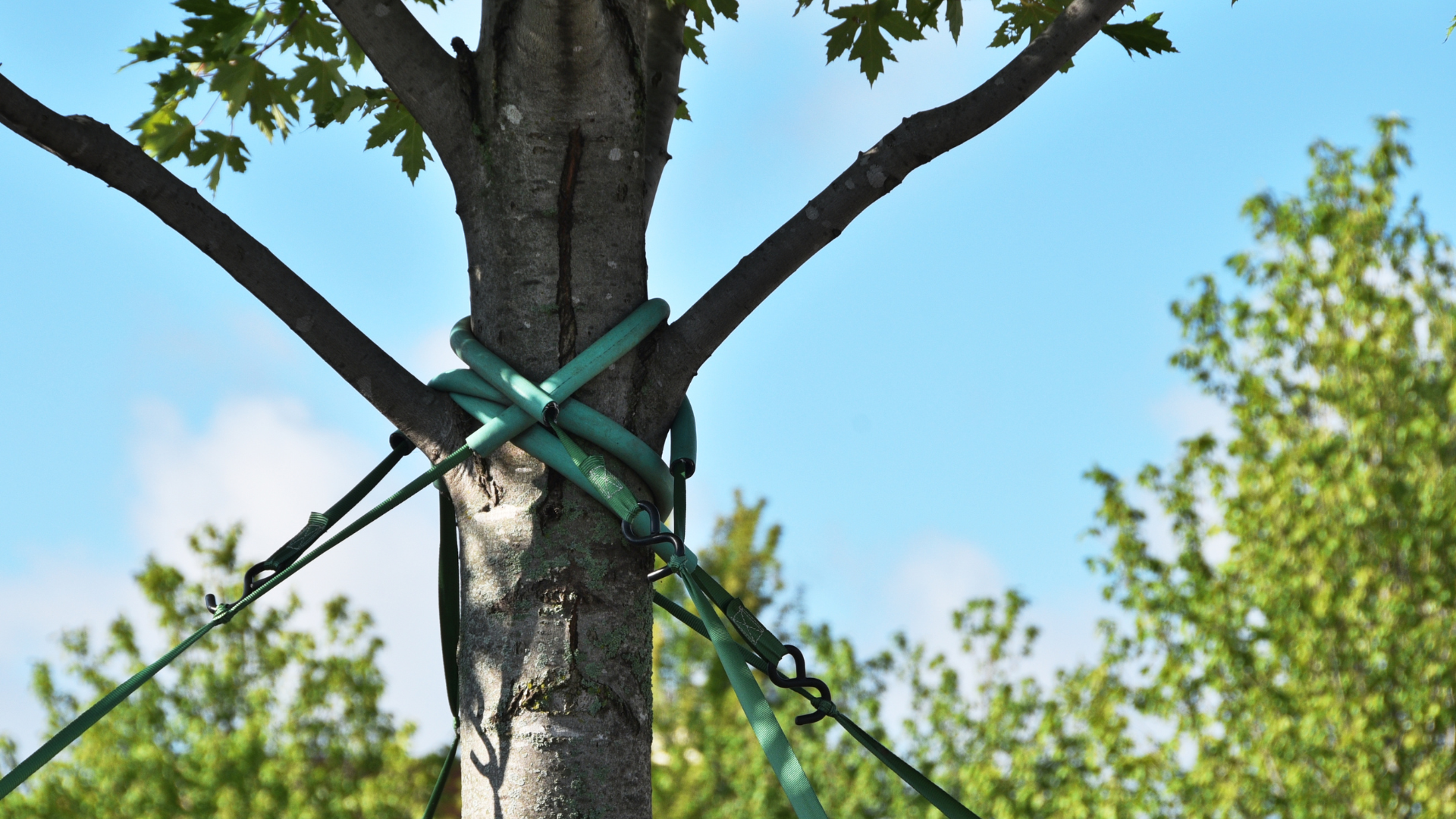Clear the Way! Why Sidewalk Clearance Matters More Than You Think
We pass by them every day on the sidewalks. You probably don’t think twice about them unless you trip over a crack, dodge a low-hanging branch, or have to step into the street because someone’s bush decided to grow a little too wild. But here’s the truth: sidewalk clearance is way more important than most folks realize. It’s not just a nice-to-have; it’s a must-have for public safety, accessibility, and even the overall vibe of a neighborhood.
Think about it—whether you’re pushing a stroller, using a wheelchair, walking your dog, or just heading to the coffee shop on foot, you deserve a clear, safe space to walk. That’s what sidewalk clearance is all about.
Let’s break down why it matters, what the rules are, and what you can do to help keep our walkways safer and more welcoming.
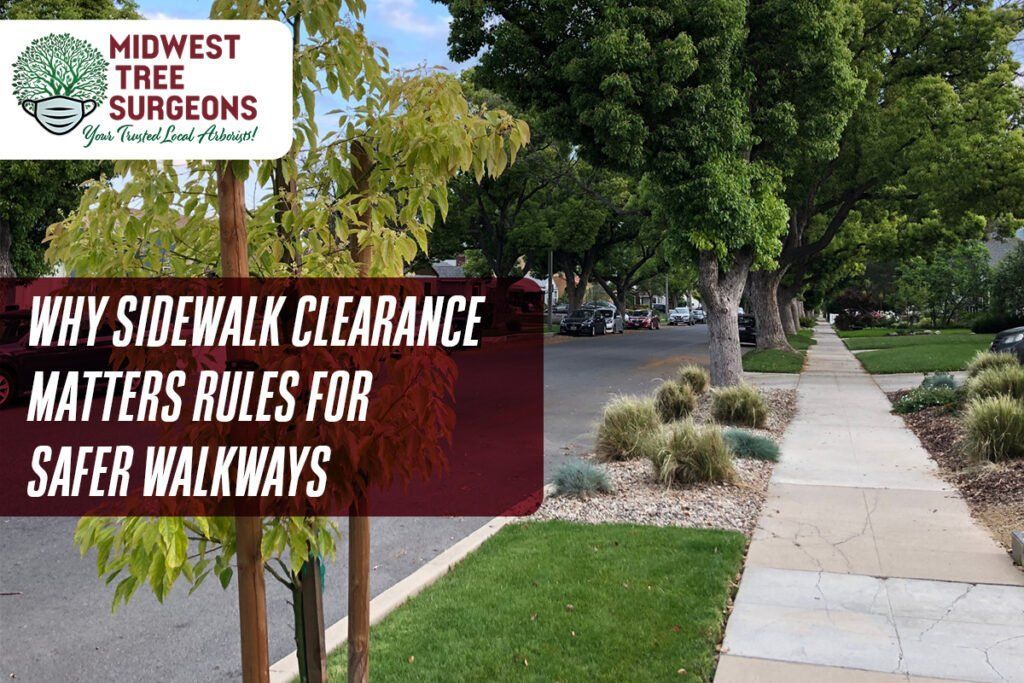
What Is Sidewalk Clearance?
Let’s start simple. Sidewalk clearance is the open, obstacle-free space along a sidewalk that lets pedestrians move comfortably and safely. It includes both the width of the sidewalk and the height clearance above it (think tree branches, signs, or overgrown hedges).
Sidewalk clearance = freedom to walk without feeling like you’re in a jungle gym.
Why it matters
- It’s a safety issue
: If sidewalks are blocked or too narrow, people end up walking in the street. That’s dangerous—especially for kids, seniors, or people with mobility issues.
- It’s an accessibility issue
: For someone using a wheelchair, walker, or pushing a stroller, obstructions can be more than annoying—they can be impossible to get around.
- It’s about comfort and dignity
: A clear sidewalk makes a walk enjoyable. No ducking under branches or dodging trash cans.
How Wide Is Wide Enough? Let’s Talk Sidewalk Width Standards
So, how much space should we have to walk safely? According to sidewalk width standards across the U.S., the sweet spot is at least 5 feet wide , with 6-8 feet being ideal in busy areas. If you’re in a high-traffic city zone or business district, wider sidewalks are even more critical.
It depends on the area.
- Residential neighborhoods
: 5 feet is typically the bare minimum.
- Commercial or downtown areas
: 8-12 feet is more realistic to support foot traffic, outdoor seating, and accessibility.
- Near transit stops
: Wider sidewalks are crucial here to prevent crowding.
And don’t forget—those measurements are for clear space only. Planters, utility poles, and mailboxes don’t count.
The Unsung Hero: The Sidewalk Buffer
Ever notice that little space between the sidewalk and the road? That’s the sidewalk buffer , and it’s a game-changer. This space, often filled with grass, trees, or bike racks, helps separate walkers from moving cars.
Why buffers matter
- They protect pedestrians
: A few extra feet between you and a speeding car? Yes, please.
- They beautify the street
: Trees and landscaping can make the whole area feel more pleasant and walkable.
- They prevent splash zones
: Rainy day? A buffer helps you avoid getting soaked by passing cars.
For homeowners, keeping that buffer tidy and trimmed is part of good sidewalk maintenance . And cities love it too—it helps with drainage and reduces pavement wear.
Who’s in Charge of Sidewalk Maintenance?
Short answer: it depends.
In most places across the U.S., property owners are responsible for the sidewalk in front of their home or business. That means trimming trees, clearing snow, fixing trip hazards, and making sure things like trash bins or decorative signs aren’t blocking the way.
Maintenance tips:
- Keep it clear
: Trim overhanging branches to at least 7 feet above the sidewalk.
- Fix cracks or buckles
: Tree roots or freeze-thaw cycles can damage pavement fast.
- Mind your landscaping
: Bushes and hedges should be trimmed back at least 1 foot from the edge.
Got a tree that’s causing sidewalk issues? It might be time for safe tree removal. These services in St. Louis can help:
Deadwood Pruning Services
Tree Dismantle & Removal
Tree Felling Services
Do You Need a Permit for Sidewalk Work?
Surprisingly, yes. If you’re making repairs, adding new paving, or altering the sidewalk in any way, you’ll likely need a sidewalk permit from your city or town.
Why this matters:
- It ensures that all work meets sidewalk regulations
and accessibility standards
.
- It prevents conflicts with utilities, like cutting into an underground gas line (yikes).
- It helps cities keep track of public safety efforts.
Always check with your local public works department before starting a sidewalk project.
Safety First: How Cities Can Improve Sidewalk Safety
It’s not all on homeowners. Cities play a big role, too. Urban planners and city officials need to think pedestrian-first when designing streets. The good news? Many are stepping up with better sidewalk policies and enforcement.
Pro tips for city leaders:
- Include ADA-compliant ramps
and tactile strips for people with vision impairments.
- Regularly inspect high-traffic zones for clearance issues.
- Plant trees with deep root systems that don’t break up the pavement.
Creating walkable neighborhoods isn’t just good for safety—it boosts property values, supports local businesses, and helps the environment.
Sidewalk Safety FAQs
Q: What’s the minimum sidewalk clearance height?
A:
Most cities require at least 7 to 8 feet
of vertical clearance to keep walkers from bonking their heads on branches or signs.
Q: Who do I call if a neighbor’s tree is blocking the sidewalk?
A:
Start with your city’s code enforcement or public works department. Many places allow you to file a complaint online.
Q: Can I plant trees in my sidewalk buffer?
A:
Possibly, but you’ll likely need a permit. Be sure to pick sidewalk-friendly species and plant far enough from the pavement.
Q: Is sidewalk repair covered by the city?
A:
Not always. In many areas, property owners are on the hook. Some cities offer grants or cost-sharing programs, so check locally.
Final Thoughts: A Clear Sidewalk Is a Kindness
At the end of the day, sidewalks are about more than concrete. They’re about people—neighbors walking dogs, kids biking to school, grandparents out for a stroll. Keeping them clear, safe, and comfortable is a shared responsibility. Whether you’re a homeowner, city official, or just someone who walks a lot, your part matters.
Want to take the first step? Head outside, take a look at your own sidewalk, and ask: is it safe, clear, and welcoming?
Because when we make space for everyone to walk freely, we’re building a better community—one step at a time.
The post Clear the Way! Why Sidewalk Clearance Matters More Than You Think appeared first on Midwest Tree Surgeons LLC.
